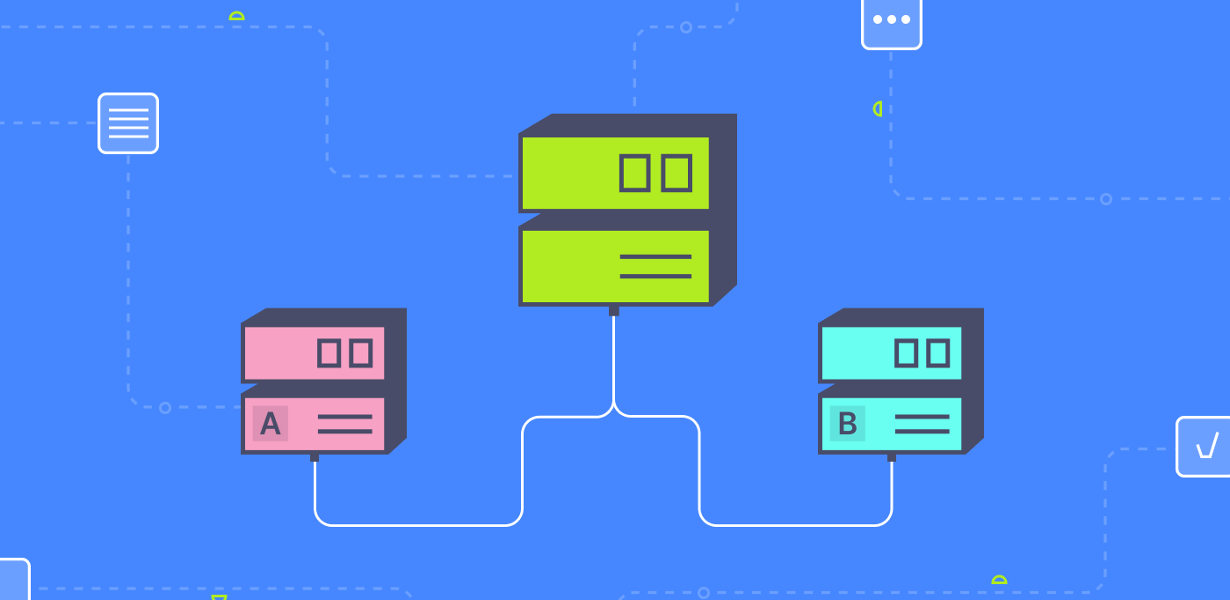
In today’s fast-paced digital landscape, downtime is the enemy of progress. When your website or online service experiences downtime, it not only disrupts user experiences but also impacts your bottom line. High availability is the key to surviving downtime and ensuring uninterrupted service to your users. In this comprehensive guide, we will explore the strategies and best practices to maintain high availability and keep your online presence resilient.
Understanding the High Availability Imperative
High availability, often abbreviated as HA, is the measure of a system’s ability to remain operational and accessible even in the face of disruptions. It’s a critical aspect of modern business operations, especially in the digital realm, where 24/7 availability is expected. In a world where competition is fierce and customer expectations are high, any downtime can have severe consequences. From e-commerce platforms to SaaS providers, organizations across various industries rely on high availability to maintain customer trust and business continuity.
The Consequences of Downtime
Downtime can result in a cascading series of problems, including:
Loss of Revenue: Every minute of downtime can translate to a significant revenue loss. Customers may turn to competitors during outages.
Damaged Reputation: Downtime can harm your brand’s reputation and erode trust. Customers might think twice before returning.
Productivity Impact: Internal operations are affected, and employees may be unable to work effectively.
Strategies for Achieving High Availability
Redundancy and Failover Systems
One of the foundational strategies for high availability is redundancy. This involves having duplicate systems in place, so if one fails, another seamlessly takes over. Consider load balancers, multiple data centers, and failover systems to ensure uninterrupted service.
Regular Maintenance and Monitoring
Proactive monitoring and routine maintenance are crucial. Identify potential issues before they lead to downtime. Utilize monitoring tools to keep an eye on system health, performance, and vulnerabilities.
Cloud Solutions
Leverage cloud computing services to enhance high availability. Cloud providers often have multiple data centers, offering built-in redundancy and scalability. It’s a cost-effective way to ensure uptime.
Disaster Recovery Plans
Prepare for worst-case scenarios with a comprehensive disaster recovery plan. This should include data backups, off-site storage, and well-defined recovery procedures.
Implementing High Availability
Load Balancing
Load balancers distribute incoming network traffic across multiple servers, ensuring optimal resource utilization and minimizing the risk of overloads or failures.
Content Delivery Networks (CDNs)
CDNs are a powerful tool for high availability. By distributing your content across multiple servers and locations, CDNs reduce latency and enhance user experiences.
Failover Testing
Regularly test your failover systems to ensure they work as intended. This proactive approach can identify weaknesses in your high availability setup.
Data Center Geodiversity
Distribute your data centers geographically to minimize the impact of regional disasters. This approach enhances the resilience of your infrastructure.
Commonly Asked Questions
1. What is the role of load balancing in high availability?
Load balancing evenly distributes incoming traffic to multiple servers, preventing any single server from being overwhelmed and improving system availability.
2. How can cloud solutions enhance high availability?
Cloud providers offer redundancy and scalability, making it easier to achieve high availability without the need for extensive in-house infrastructure.
3. Why is disaster recovery planning crucial for high availability?
Disaster recovery plans ensure that, in the event of a failure, you can quickly and effectively restore services, minimizing downtime and its consequences.
4. What is the significance of failover testing in high availability?
Failover testing validates that your redundancy and failover systems work as intended, identifying any potential weaknesses in your setup.
5. How do content delivery networks (CDNs) contribute to high availability?
CDNs distribute content across multiple servers and locations, reducing latency and improving availability by serving content from the nearest server.
Final Words
Surviving downtime and achieving high availability is not an option but a necessity in the digital age. Your business’s success and reputation hinge on your ability to provide uninterrupted services. By implementing the strategies and best practices outlined in this guide, you can bolster your high availability and ensure that downtime becomes a thing of the past.
Advertisement







